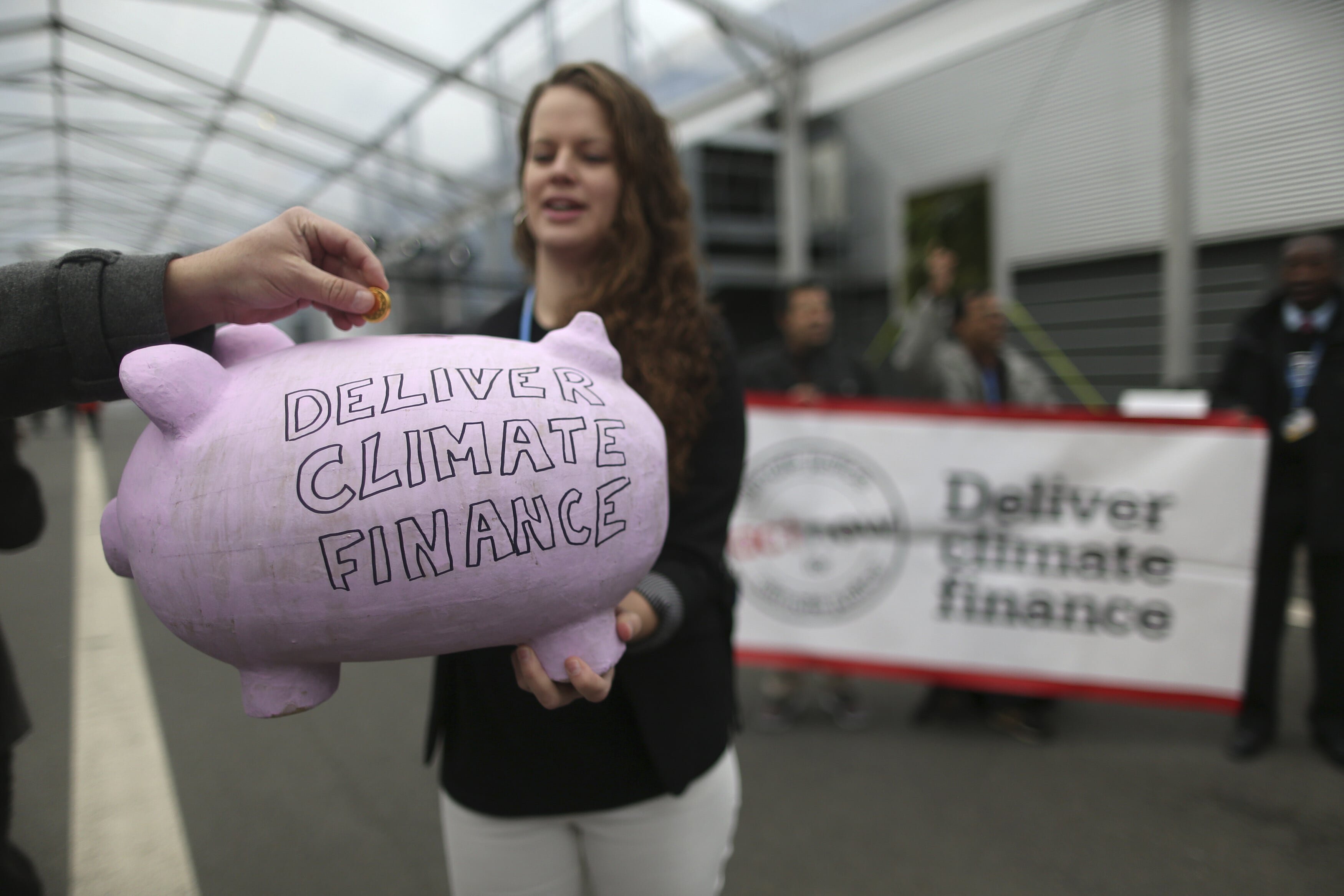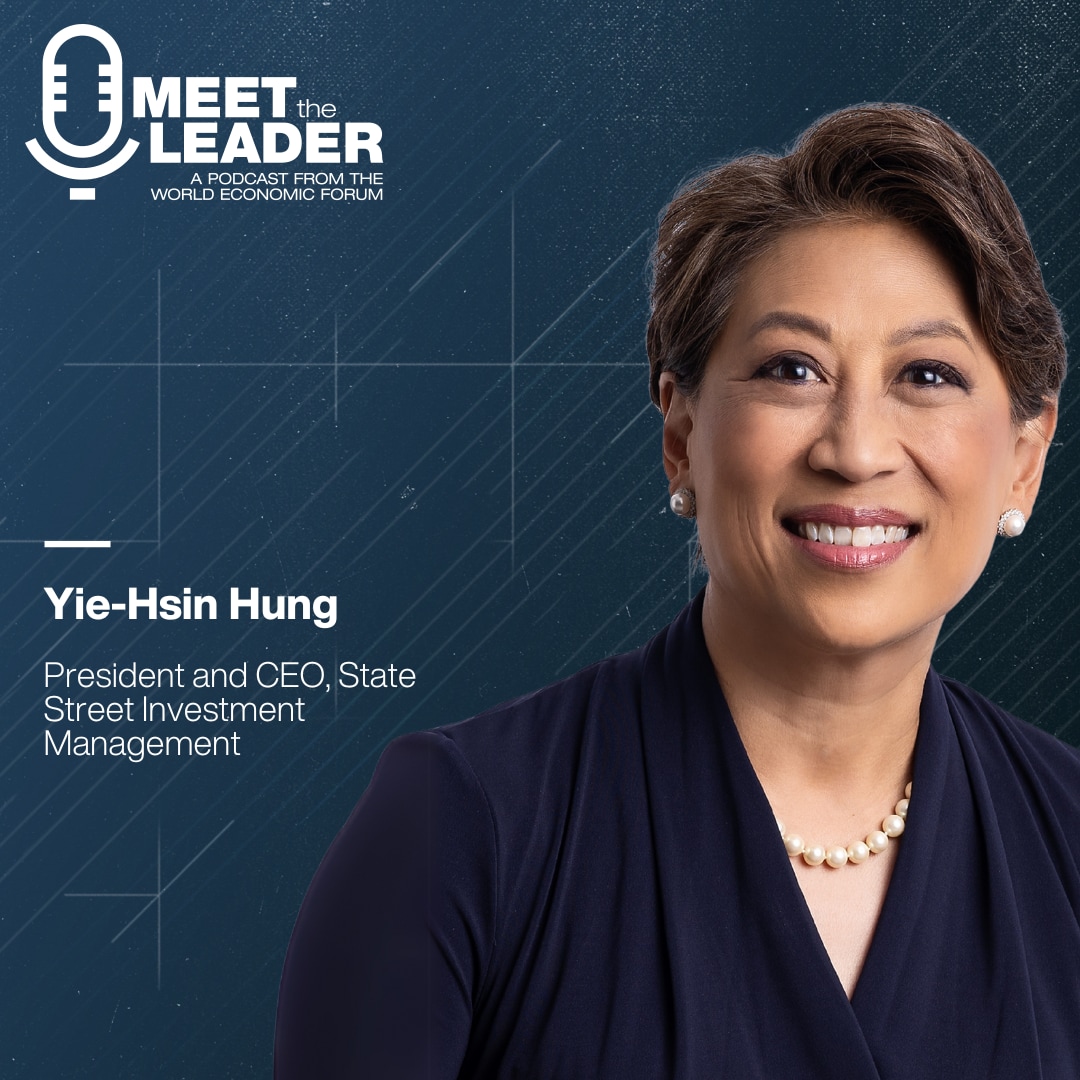How Africa’s cities are using tomorrow’s technology

Stay up to date:
Infrastructure
Today’s cities are changing quickly, and in the midst of rapid urbanization the field of smart cities – or “senseable cities”, as they can also be called – is emerging. This term refers to the increasing deployment of sensors and hand-held electronics in recent years, opening up new possibilities for using data and networked technology to find new solutions to urban challenges.
Many companies, including IBM, Cisco and Siemens, are already engaged in developing computer-like smart cities. There are the high-profile initiatives such as Masdar City, a green development in the UAE, and Songdo, a new business hub in Korea. But as the world rushes headlong into an urbanized century, we should be asking how smart city technology can make a broad impact outside of name-brand “smart cities” and ultimately play a role in the development of emerging nations – for example, across the continent of Africa.
Africa has witnessed several surprising examples of a phenomenon called technological leapfrogging, where traditional phases of development are skipped. There has been a radical inversion of the traditional patterns of technological dissemination – that is, historically, a steady transfer from the “haves” to the “have nots”. In recent years, for example, mobile-phone connectivity on the continent has skyrocketed (Africa currently is home to the second biggest mobile market in the world, with penetration rising from 1% in 2000 to 54% in 2012, surpassing the number of mobile users in the US, India or Europe). The density of coverage has sparked a number of digital innovations, with applications as diverse as mobile banking in Kenya and the empowerment of farmers with real-time crop information.
In countries where top-down utilities such as electricity, water and waste removal are unreliable (or don’t exist), disaggregate and localized solutions emerge. An independent village doctor may accept a patient, upload a photo with his mobile phone, receive a sophisticated diagnosis within minutes and administer treatment – all without a traditional office. In contrast to the Western world, these countries have, by and large, skipped the wired era and are projected without constraints into the wireless future.
Could similar examples of leapfrogging also appear in smart cities? Africa, again, seems a fertile opportunity. In some cases, projects are led in a top-down way by the same global players – IBM, for example, is developing a platform for sharing real-time traffic information in Nairobi. However, growth from the bottom up can happen in a more natural way. Ushahidi – an open-source software for information collection, visualization and interactive mapping – is one of the best known examples: the application started in the aftermath of Kenya’s 2007 crisis and has subsequently expanded across the world.
Other instances abound, from the mapping of informal transport infrastructure with geo-located mobile devices, to the use of social networks to enhance urban security (a fulfillment of the activist Jane Jacobs’ “eyes on the street” concept), built on new technologies and networks.
These projects, and a host of others, are pioneering the introduction of urban intelligence in a citizen-centric way. Technological leapfrogging could usher in an unexpected and transformative “smart” urbanism across Africa.
Author: Carlo Ratti is director of SENSEable City Laboratory at MIT’s Department of Urban Studies and Planning. Matthew Claudel is a researcher at the SENSEable City Laboratory.
Image: A girl uses a mobile phone at a ‘telecentre’ kiosk in Sierra Leone’s capital Freetown December 13, 2012. REUTERS/Simon Akam
Don't miss any update on this topic
Create a free account and access your personalized content collection with our latest publications and analyses.
License and Republishing
World Economic Forum articles may be republished in accordance with the Creative Commons Attribution-NonCommercial-NoDerivatives 4.0 International Public License, and in accordance with our Terms of Use.
The views expressed in this article are those of the author alone and not the World Economic Forum.
Related topics:
Forum Stories newsletter
Bringing you weekly curated insights and analysis on the global issues that matter.
More on Financial and Monetary SystemsSee all
Sandra Waliczek and Harry Yeung
July 29, 2025
Pranidhi Sawhney and Adam Skali
July 29, 2025
David Carlin and Sourajit Aiyer
July 28, 2025
Veronica Frisancho
July 22, 2025
Jesus Serrano
July 14, 2025




